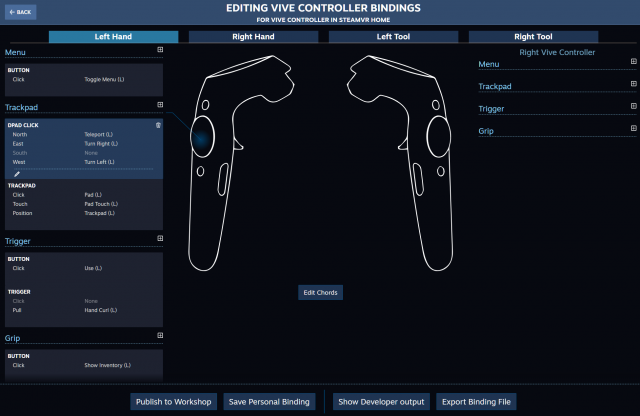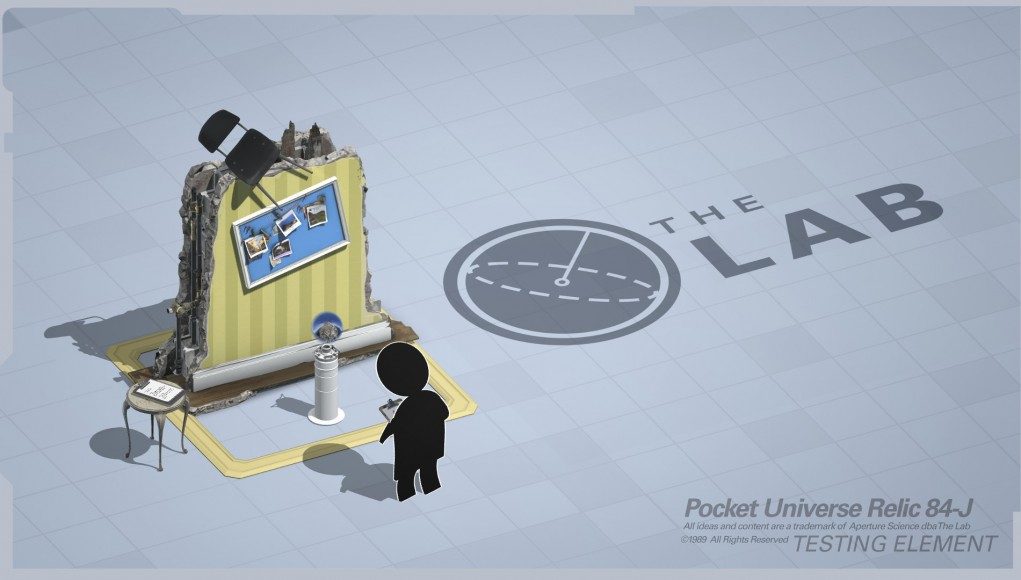Valve launched The Lab as an experimental VR playground way back in 2016. Today the company is updating the game to bring it up to speed with the company’s latest VR tech stack, including Index controller support, overhauled physics, spatialized audio, and more.
Three years after launch, Valve’s The Lab still stands as one of VR’s best ‘first time’ experiences thanks to great art & sound, straightforward interaction design, and an array of fun mini-games which titillate the imagination with VR’s vast potential.
Today Valve is updating The Lab to bring it in line with the latest VR tech stack that the company has developed in the intervening years.

First up, The Lab now supports the SteamVR Skeletal Input system and SteamVR Input. Not only does that mean proper support for the finger tracking on the Index controllers, it also means that any VR controller will be animated more realistically thanks to the system mapping whatever controller tracking inputs are available onto the virtual hand model (inputs like sticks, buttons, grips, and capacitive zones).
Thanks to SteamVR Input, The Lab is future-proofed to work with VR controllers of the future which don’t even exist today; the system allows games to define their controls in a controller-agnostic way, and even allows players to make and share their own controller bindings.

Valve also says the physics interactions in The Lab have been “completely overhauled.”
“Nearly all interactable objects can be freely poked, thrown, bashed against each other, stacked, toppled, and smashed. You are no longer a ghostly visitor to VR, your hands are physical like everything else, grounding you in the universe and raising your immersion to new heights,” the company writes in the update announcement.
The update also brings upgraded audio via the made-for-VR Steam Audio system, which the company says enhances the spatial accuracy of sounds in The Lab. This should also bring real-time sound modeling to the experience, which more accurately simulates the sounds heard by the user by taking the geometry of the scene into account.
Valve says it’s also tuning up The Lab to be more friendly to new users.
“Thanks to extensive user testing and three years worth of feedback, we’ve smoothed over the few bumps in the experience to make the game even more welcoming to new users.” That includes “innumerable changes to improve gameplay and performance […],” and support for arbitrary refresh rates; The Lab‘s physics system was initially designed to run at 90Hz, and could get thrown off at higher or lower framerates. With recent headsets covering a wider variety of refresh rates (like Rift S at 80Hz and Valve’s own Index at 144Hz), the company has made the physics system framerate independent.
– – — – –
It’s quite likely that we’ll be seeing much of this same tech stack incorporated into Valve’s upcoming “flagship VR game” which the company has said will launch in 2019; though we’re now entering the fourth quarter of the year, Valve has yet to reveal any specifics about the title.







